As more businesses are incorporating Artificial Intelligence (AI) and Machine Learning (ML) into their strategy to reduce costs and create better products, they are gaining a competitive advantage over those holding on to traditional means of operation. This is mainly due to a fear of unknown costs and the potential of a sunk investment. Employed effectively, AI and ML will provide tide-turning returns for companies. If you are looking to introduce AI into your business strategy, how do you choose the most effective business cases? How do you measure the empirical value?
The investment costs must be weighed to determine the value of AI and ML. But what are the investment costs of introducing AI/ML into your business?
Establishing Metrics
In order to determine which task would be best suited to apply AI, and to determine the ROI after implementation, metrics must first be established. This will do two things. ROI is typically realized as an aggregate amount, so breaking down the data to the point where confounding variables are eliminated will provide an accurate baseline to calculate investment costs. This will also provide insight into where cost-saving automation or optimization can be applied. Thoroughly analyzing the cost & time of internal processes, product provisioning, and product R&D are some examples of areas to focus upon when creating metrics.
Identification of the Task
Assessing the metrics, where would automation or optimization provide the most value? The best case for introducing AI should be derived from the metric data, producing the lowest opportunity cost. Perhaps your manufacturing processes require a great deal of human interaction, or your product is a software-based service and generating personalized content requires large staffing to fulfill, or determining market trends requires you to invest in expensive subject matter experts. Any of these would be suitable places for an AI solution to be employed.
Quantifiable single-purpose processes are best suited for AI algorithms. For example, an algorithm to provide “the best” product configuration based on market trends may be too complex for a single algorithm and would be better separated into three distinct tasks: determining market trends, optimizing the product configuration, and product testing. The goal is to isolate the most expensive task to maximize ROI.
Picking the right Solution
Once the task has been determined, the right solution for the job must be identified. In the previous example, three tasks were specified. Of the tasks, let’s say optimizing the product configuration represents the biggest cost in your R&D process. What can be done to reduce the cost? AI is best engaged in optimization and automation capacities. In the case of determining the “best” product configuration, it would need to be able to consume data from the analysis of the market trends as well as output from the testing. Combining data from these sources, it would need to calculate the best configuration and provide the results to the testing system automatically.
Creating the Solution
The next step in implementing AI is to create a solution to fulfill the requirements derived earlier. As it will depend on the data from the market research and testing, the data must be able to be provided in a standardized format and be cleaned, free of errors. Accurate and flexible data modeling is crucial to the success of an AI solution. As the saying goes, “Garbage in, garbage out.” The second component in this solution would be the calculation algorithm. While providing accurate data is by far the most important step, this represents the greatest source of trial & error during development as the algorithm will need to be designed to function in place of a human. The final component is the testing system integration. Here, the testing system may require modifications to allow automated input.
Optimizing the Workflow
With the metrics in place, the task identified, and the solution created, the final step is to tune the solution and process to produce favorable results. Once in operation, a deficiency in the market research process may have been exposed, extra steps in the testing system may need to be added, or now redundant steps can be removed. Perhaps the algorithm itself is working as intended but needs to be more predictive. It is important to chart the differences in the process cost during this optimization to further identify changes to make. The metrics are the standard by which to assess the value of the new automated process.
Payoff
If thorough metrics were produced and maintained, a high-value/high-cost task was identified, the data provided to the AI solution is accurate, and the solution was well-tuned, then there is little reason for it to not be profitable. By analyzing the metrics and historical data, the ROI of the solution is easily determined by comparing the current cost/output to the period before the introduction of the new solution. Factor in the calculated cost of implementing the AI solution and an empirical value will be elicited for its ROI.
Depending on the solution, it’s true the development cost will need to be assessed closely to determine its value. Is the investment worth the profitable forecast? As more businesses look to Artificial Intelligence and Machine Learning solutions to provide value to their customers and to save costs, it becomes more a question of economic survival and longevity. Can your current strategy stand up to those of other companies implementing these new technologies?
Liquid Analytics works with clients to deliver AI decisions that provide high ROI to business initiatives. Contact us to get started today.


